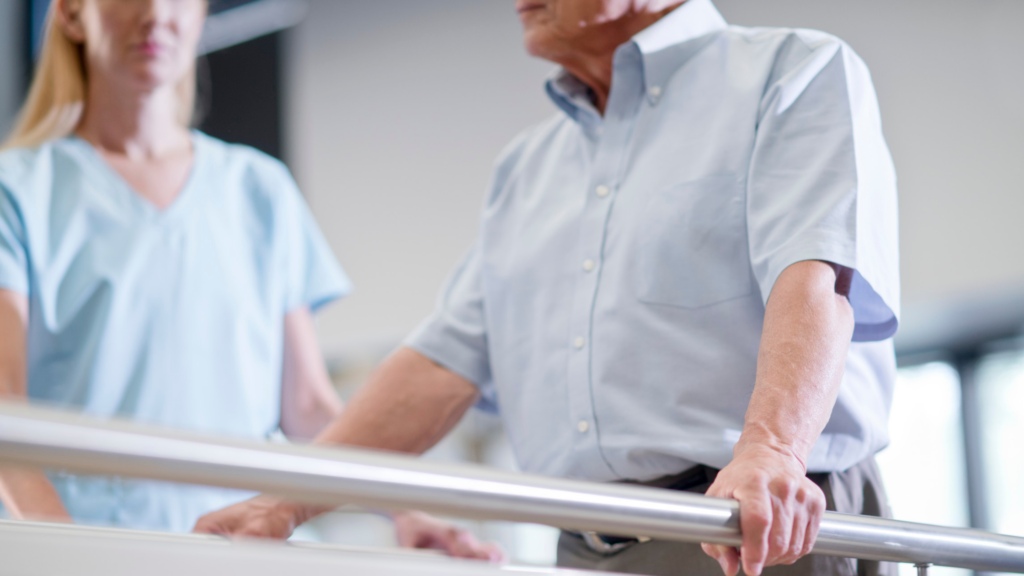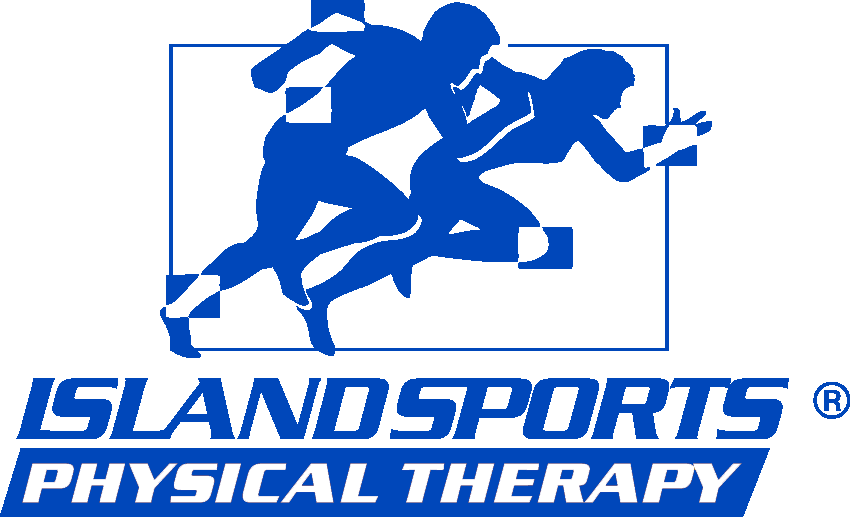
Balance disorders are a common occurrence that affects almost 15% of Americans. There are different types of balance disorders that have a wide array of different symptoms. Your whole body is responsible for making the body balanced, from your ears to the blood vessels within the body. Balance disorders affect everyone differently from their point-of-view. If you think you may be dealing with a balance disorder or are looking for physical therapy in Nesconset, consider contacting Island Sports PT to schedule an appointment or visit their website for more information.
What Are Balance Disorders?
A balance disorder is a condition that makes you feel as though you are unsteady and dizzy and lightheaded. Sometimes you might feel as though the room is spinning and when you are walking down the street you might as though you are going to fall out of nowhere. Some of the main causes of balance disorders are head injuries, medications, ear infection, older ages, intense spinning or motions, being in rough water on a boat. Any type of trouble with your head or ear may cause some type of balance problems. Standing up too quickly with very low pressure may cause someone to become lightheaded with temporary dizziness. Many people diagnosed with balance disorders start suddenly with no clear cause. Some of the signs and symptoms of balance disorders are:
- Sense of spinning or motion
- Feeling tired and lightheaded
- Loss of balance
- Staggering when trying to walk
- Feeling as though you are going to fall or trip
- Floating feeling of dizziness
- Vision changes or blurriness
- Confusion
- Disorientation
Types of Balance Disorders
Many different balance disorders can affect people’s bodies differently. Some examples of balance disorders/problems are:
- Benign Paroxysmal Positional Vertigo (BPPV): Occurs in the inner part of the ear when calcium crystals, which control the balance and movement of the body, are shifted or dislodged from their normal typical position. BPPV is one of the most common balance disorders that adults encounter. Some of the symptoms include a spinning sensation while you’re in bed or lying down, or when tilting your head in different positions.
- Labyrinthitis: An infection or inflammation of the inner ear that causes balance and dizziness problems. It is often associated with respiratory diseases, such as influenza.
- Ménière’s Disease: A type of vertigo that includes hearing loss, ringing noise in the ear, stuffy, and clogged ears feeling. It is associated with the changes in the fluid within the labyrinth of the body. It is a rare disease that affects people between the ages of 20-40 years old.
- Vestibular Neuritis: An inflammatory disease, usually caused by some type of virus or infection, that affects the nerves that are responsible for balancing part of the ear. Some of the symptoms are nausea or trouble walking. Most of the time one does not have to go to the doctor and symptoms improve over time. This is the second most common type of balance disorder that adults face.
- Perilymph Fistula: A leakage of inner ear fluid into the middle of the ear. It causes the body to become unbalanced, nausea, and dizziness. Occurs usually after some type of head injury or trauma, or sometimes even a change of air pressure. Some people are born with it and live their lives with it.
- Mal de Debarquement Syndrome (MdDS): A feeling of continuous swaying back and forth or bobbing up and down. Usually, after you are on some type of sea travel like a boat or cruise. The symptoms usually go away a few hours or days after reaching land. Sometimes the most severe cases last for months and years and the cause remains unknown.
How Balance Disorders Are Diagnosed
To see if you have a balance disorder or temporary dizziness doctors will review your medical records and history. Then they will do a variety of tests, some physical and some neurological. Some of the tests that your doctor may recommend that you take are:
- Hearing Test- Sometimes people that experience hearing problems also experience balance problems because they are often related.
- Posturography Test- while wearing a harness you try to remain standing on a platform that is moving around. This allows the doctor to physically see where you are unbalanced by looking at the body parts you are relying on the most.
- Rotary Chair Test- Examines your eyes and how they move while you are strapped into a computer-controlled chair that moves you in a circular motion.
- Dix-Hallpike Maneuver- The doctor moves and turns your head in different positions while the doctor looks and examines your eyes to determine if you have a false sense of spinning and motion.
- Vestibular-Evoked Myogenic Potentials Test- Sensory pads are placed on your forehead, neck, and under your eyes to measure tiny changes and muscle contractions to see how your body reacts.
How Physical Therapy in Nesconset Can Help
Physical therapy is an essential aspect in coping and recovering from various balance disorders. Your physical therapist will create a specific, tailored training program that can help you overcome the balance problems and get you back to the things you love doing. Some things that your physical therapist will help you with are:
- Reduce Your Fall Risk and Fear of Falling- This will begin by locating any risk that you may have in your house and removing it. Somethings that may be a falling risk are slippery rugs, loose handles, items on the floor, etc. You will then be able to navigate your home with ease and limit your concern about falling or tripping on anything.
- Regain Your Strength- During a session of physical therapy in Nesconset, our team will start by examining which part of the body you rely on more. Then will teach and show you exercise that will increase the strength on the parts of the body you do not rely on. This treatment will rebuild your confidence so that you can walk without the uncertainty of how each step will unfold.
- Improve Your Movement- The physical therapist will then start showing you how to walk properly so that you can move with free will. This will increase the movement you can do. Also, they will target stiff joints that haven’t been used as much and look to loosen them.
- Increase Your Exercise- With more strength and increased movement, your activity level will begin to improve and you will be able to do more difficult advanced exercises. This will hopefully help you lose any unwanted weight and relieve any pressure on your joints and tendons.
Contact Island Sports Physical Therapy in Nesconset
Here at Island PT, we are here to help with any physical therapy needs or concerns. We offer that range from spinal rehabilitation to sports therapy. Our talented, experienced staff wants to make sure you are comfortable as possible and get back to the passions you love. If you are in need of physical therapy in Nesconset NY, consider contacting Island Sports PT to schedule an upcoming appointment.
